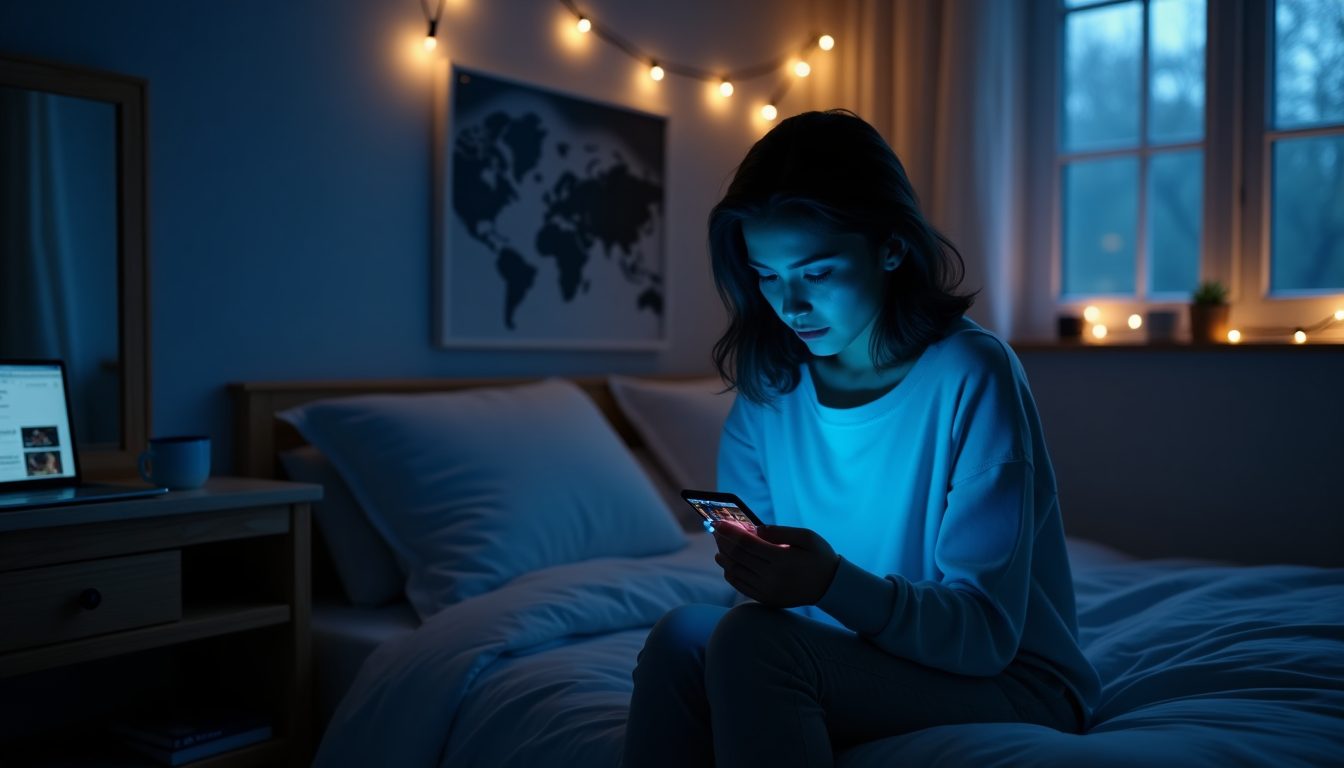What Is a Femcel? The Real Meaning Behind This Growing Social Phenomenon
TikTok users have viewed femcel-related content 848.2 million times, making it one of the most important social media trends today. This movement began as a small Reddit community in 2018 and has grown into a complex social phenomenon that reveals systemic problems in modern relationships and society’s expectations.
The femcel community stands apart from its “incel” counterpart with distinct traits and characteristics. Their early discussions about involuntary celibacy on text-based platforms have evolved into “femcelcore” – a visual and ironic take on romantic disappointment. Mainstream media noticed this growing group of women in 2021. These women feel sexually desired but struggle to find meaningful romantic connections.
What Does Femcel Mean? Understanding the Term
The word “femcel” blends “female” and “celibate,” describing women who feel they cannot form romantic or sexual relationships. In spite of that, its meaning has grown to cover a broader social phenomenon.
Origin of the word femcel
Femcel communities started in 1997 when Alana, a woman from Toronto, created the first “Involuntary Celibacy Project”. The original platform welcomed everyone who struggled with romantic connections. We created a supportive space where lonely people could find understanding and connection.
Key differences from incels
Femcels and incels have grown into very different communities despite their shared roots. The most important difference shows in how they handle rejection. Femcels tend to blame themselves rather than others, directing their frustrations inward. Their communities show these key contrasts:
- They build spaces that focus on support and shared experiences instead of promoting hatred
- They recognize “pretty privilege” – how conventionally attractive women succeed more in relationships and society
- Their groups show little hostility toward the opposite gender, unlike incel communities
Femcels say their challenge goes beyond physical attraction or finding sexual partners. They often feel sexually desired but romantically ignored. Their viewpoint focuses on critiquing society’s beauty standards and patriarchal structures.
So while incels claim women cannot experience involuntary celibacy, femcel communities have created their own identity. Research shows tens of thousands of women identify as femcels online. The movement has its own 25-year old terminology, with femcels using the concept of the “pink pill” to counter the incel “red pill” ideology.
The Rise of Femcel Communities Online
Reddit became the main hub for femcel communities in 2018, and r/Trufemcels grew into one of the most active forums. This digital space became a vital platform where women found understanding and support from others with similar experiences.
Early Reddit groups
The femcel community thrived on Reddit, and Female Dating Strategy grew to over 250,000 members. r/Trufemcels, a 2018 old forum, became the life-blood of discussions about involuntary celibacy and related challenges. These forums helped women discuss self-esteem issues, relationship struggles, and societal beauty standards.
Migration to other platforms
A radical alteration happened in January 2021 when Reddit rolled out stricter content policies. The platform removed r/Trufemcels along with 2,000 other forums that allegedly violated rules against hate speech. The community experienced several notable changes after these bans:
- Migration to independent websites and platforms
- Formation of smaller, more focused groups
- Development of private Discord communities
- Emergence of social media presence, especially on TikTok

